How to recover from a long hike
When you get home from a long hike, you can expect to be tired and sore, but instead of suffering for days, try these 8 recovery protocols to help you get back to full speed
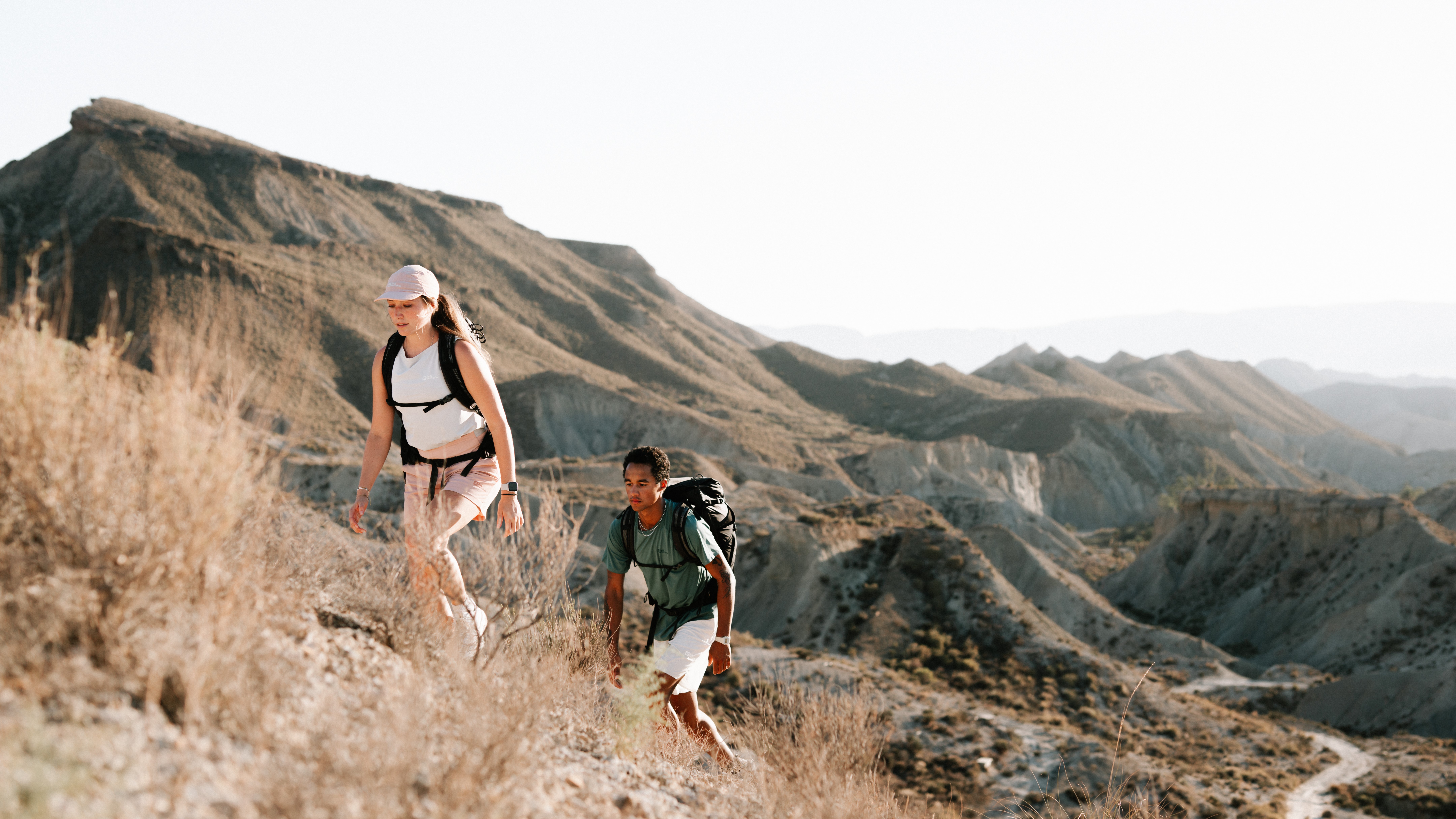
We’ve all been there. After a day-long hike, there’s nothing better than saddling up to the bar and toasting your epic adventure with a cold brew, or three. The problem with this approach to recovery, however, is that your muscles can tense up as you sit, you can get more dehydrated as a result of drinking alcohol, and despite how tired you are, may suffer from a poor night’s sleep as a result. The next day can be a total wash.
You might think that feeling rotten after a long hike is just part and parcel of spending five hours or more in your hiking boots, but while you’re bound to be tired, there are steps you can take to make recovery easier when you’ve been putting in serious miles.
How to cut reduce muscle soreness on a long hike
Whether you’re hiking, running or lifting weights, you might suffer from what’s known as Delayed Onset Muscle Soreness (DOMS) which explains those sore legs when you’ve been out on the trail. It is possible to cut down on DOMS (and therefore the time it takes to recover) by fine tuning a few details before you head out on the trail.
In general, make sure that your hiking shoes or boots fit well and are laced properly. If you’re backpacking or thru-hiking, you want your backpack to be sized and adjusted correctly to stay close to your body and transfer the weight of your camping gear onto your legs. If your route involves a lot of steep descents, consider using trekking poles to take some of the pressure off your quads and knees and of course, make sure you hike within your ability, bring lots of hiking snacks and take regular breaks.
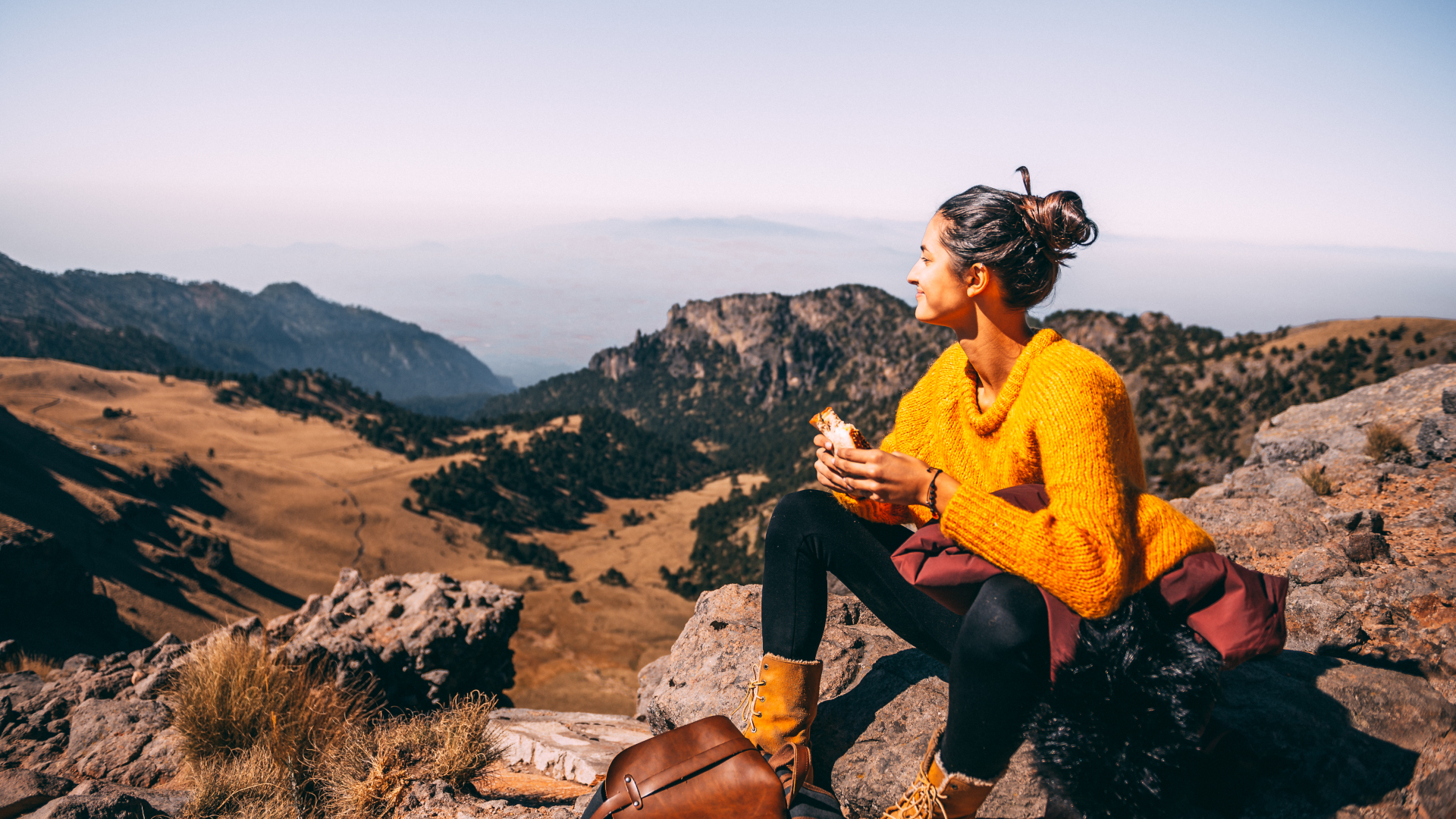
How to recover after a long hike
When you get home after a long hike, you can fully expect to be tired and maybe even a little sore, but instead of suffering for the next three days, try the following recovery protocols to help you get back to full speed.
1. Hydrate well
Though the science on some recovery tools like stretching may be lacking, there is plenty of science to show that hydration can and does play an important role in your recovery. Even with a full hydration bladder or water bottle at the trailhead, you’re likely to become a little dehydrated on a long hike, and obviously having a beer or two afterwards only makes matters worse.
The more dehydrated you get the more difficult your recovery is likely to be according to a 2021 study published in the Journal of Human Kinetics which found a significant difference in the performance and recovery of athletes who consume less fluid than recommended. To aid recovery, start your hike hydrated, sip frequently during your hike and drink more water than usual afterwards. Ideally, avoid alcohol altogether.
All the latest inspiration, tips and guides to help you plan your next Advnture!
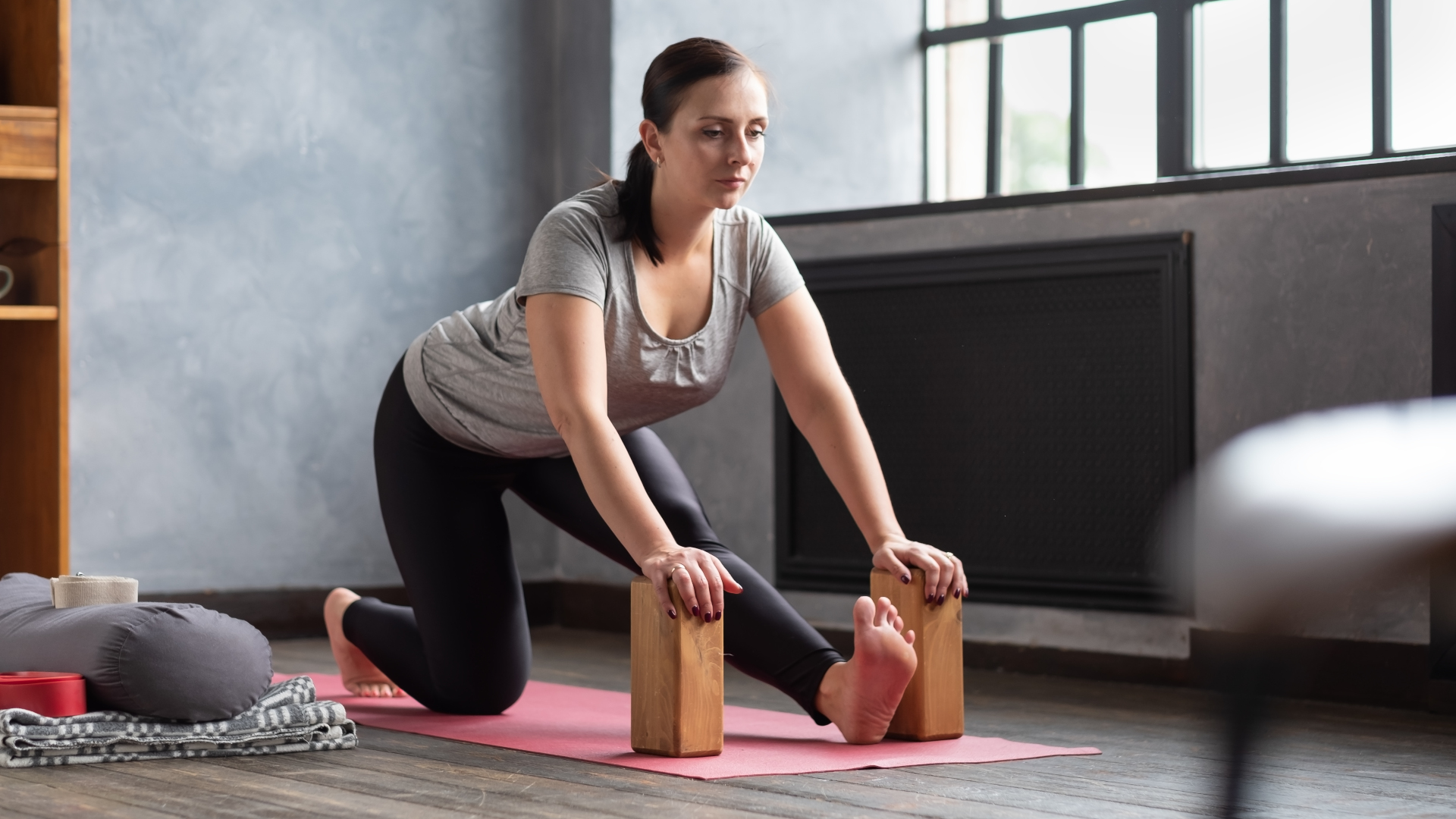
2. Stretch it out
You may have heard that so far, studies haven’t found stretching to have any physical effects on recovery speed, and that may be true – but remember that just because something hasn’t been proven in a lab, doesn’t mean that it isn’t real. If you’re one of the many people who do find stretching therapeutic when dealing with sore muscles, it might be because stretching can stimulate the production of endorphins, according to Harvard Health, or even because it encourages the release of muscle tension, as indicated by Colorado State University researchers.
It may also be placebo effect or the fact that we simply don’t yet totally understand how and why stretching works – but if it works for you, don’t worry that you have to head straight to a 90 minute yoga class as soon as you’re off the trail. Try our short yoga for hiking sequence to target your feet, ankles, quads, hips and spine after a long day on the trail.
3. Elevate your feet
If your feet are especially sore and swollen after a hike, getting off that barstool and raising your legs higher than your heart is standard advice for swollen feet and may relieve symptoms of soreness. Prop your feet up on the wall, a boulder or a few pillows, set a timer on your GPS watch and relax, letting the fluid in your feet return to the center of your body to be redistributed.

4. Find fuel
Another problem with the beer-for-recovery approach is that it can temporarily suppress your appetite when you need to be eating. It’s no secret that proper fuelling plays an important role in performance, with the consumption of protein and amino acids indicated for helping to rebuild the muscles that you’ve damaged over many miles of walking while carbs and fat are required as energy sources.
Sadly, there’s no magic protein bar that’s going to see you instantly recovering from a trek, and while athletes have very specific dietary protocols to help them reach optimal performance, the key tips for hiking recovery are more general. Avoid going to town on junk food, eat enough, eat healthily and get a good mix of protein, carbs, fat and fiber while avoiding foods that cause inflammation.
5. Soak it up
Though a cold beer with good friends really is a nice way to wind down after a long hike, what your body probably craves is a nice hot bath. Studies suggest that localized heat therapy may help to aid recovery, though as is often the case, more research on active humans is needed to fully understand why and how.
Unlike some recovery tools, however, it does seem likely to help and not hinder your recovery, so hop in a hot bath, jacuzzi or sauna when you get home – just make sure not to stay in too long and keep hydrating or you'll end up with a new set of problems.
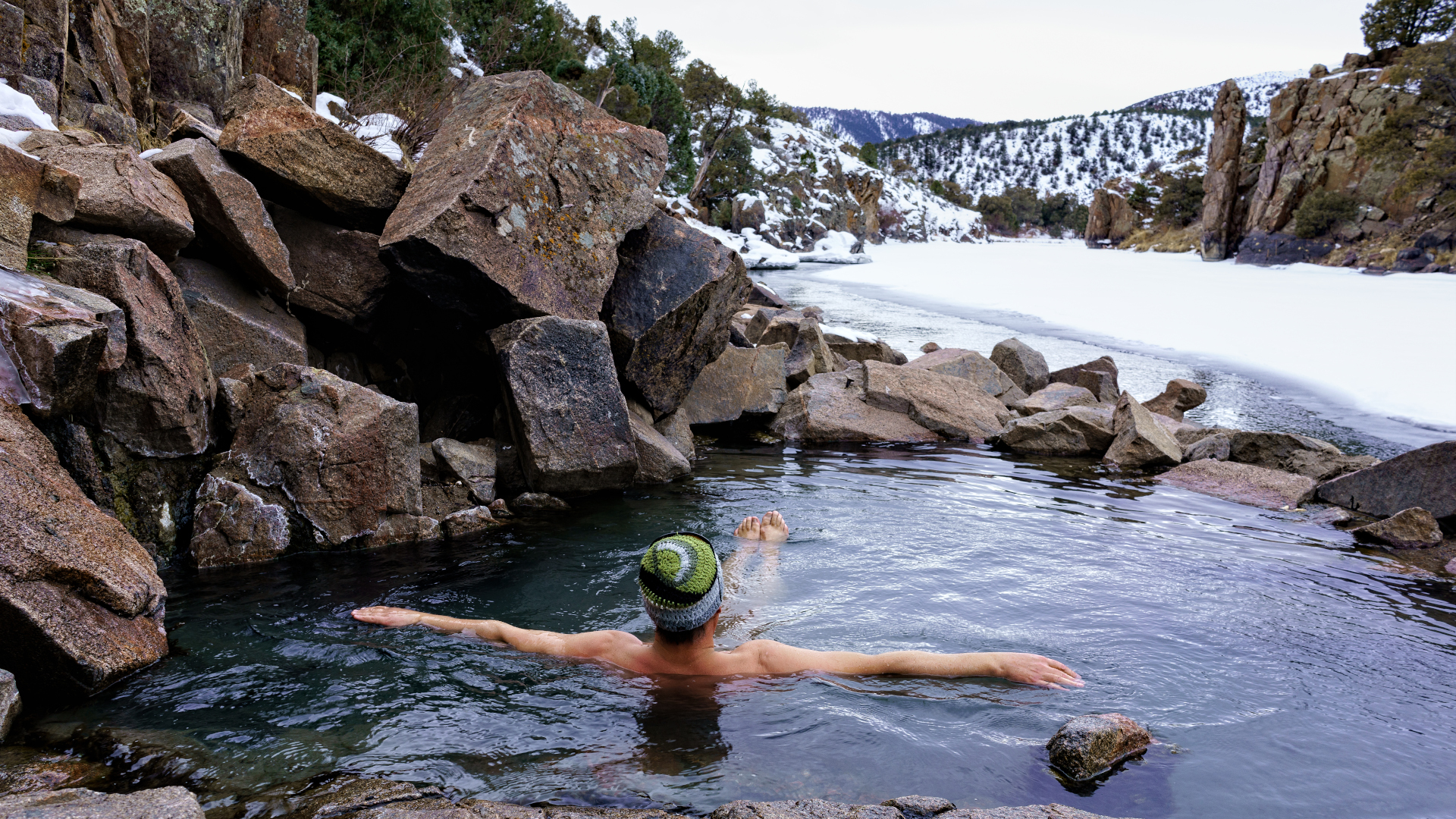
6. Take the plunge
Though scientists might not understand exactly why it helps, as we explain in our article on cold water therapy, there is evidence to suggest that post-exercise cooling can help aid muscle recovery. Try taking a wild dip in a river or lake near the trailhead, run yourself a cold bath at home or ice locally to reduce soreness (note that plunging into cold water can seem much more palatable when you mix it up with heat sessions, in the Scandinavian tradition).
7. Head for bed
Though many of us may be looking for that magic pill or perfect yoga pose to speed up recovery, the best medicine is most likely a good night’s sleep, which the Sleep Foundation cites in aiding athletic recovery. A 2019 scientific review argues that sleep may actually be the single most important factor in recovery, and promotes healing in your mind as well as your muscles. Read our tips for how to get a better night’s sleep.
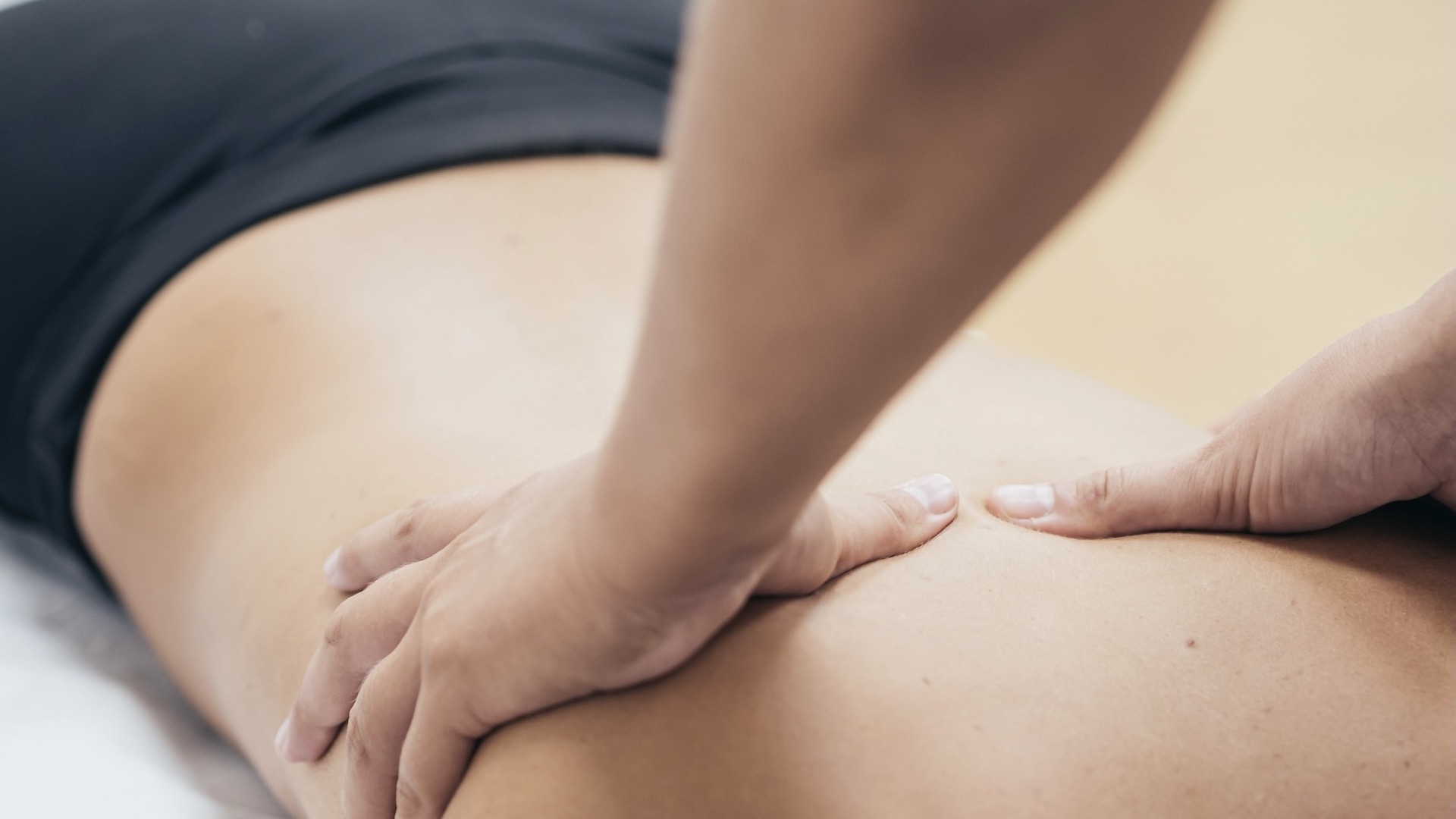
8. Book a massage
If you know you’re going to be out on the trail all day, it may be worth booking a massage for the following day. While research on stretching might be inconclusive, a 2005 study did find a 30 percent reduction in DOMS with massage. If you’re feeling stiff, you might want to skip the vigorous sport massage, however, and go for a lighter touch focusing on relaxation. To save money, invest in a massage gun and do it yourself (or find a willing partner).
Julia Clarke is a staff writer for Advnture.com and the author of the book Restorative Yoga for Beginners. She loves to explore mountains on foot, bike, skis and belay and then recover on the the yoga mat. Julia graduated with a degree in journalism in 2004 and spent eight years working as a radio presenter in Kansas City, Vermont, Boston and New York City before discovering the joys of the Rocky Mountains. She then detoured west to Colorado and enjoyed 11 years teaching yoga in Vail before returning to her hometown of Glasgow, Scotland in 2020 to focus on family and writing.

